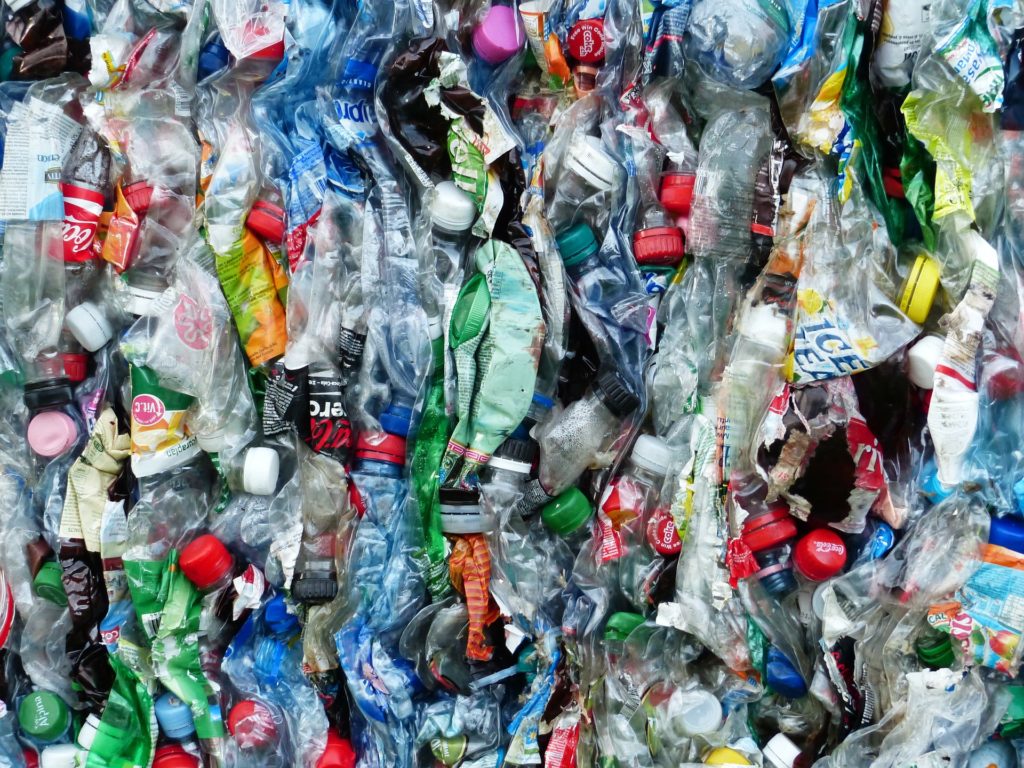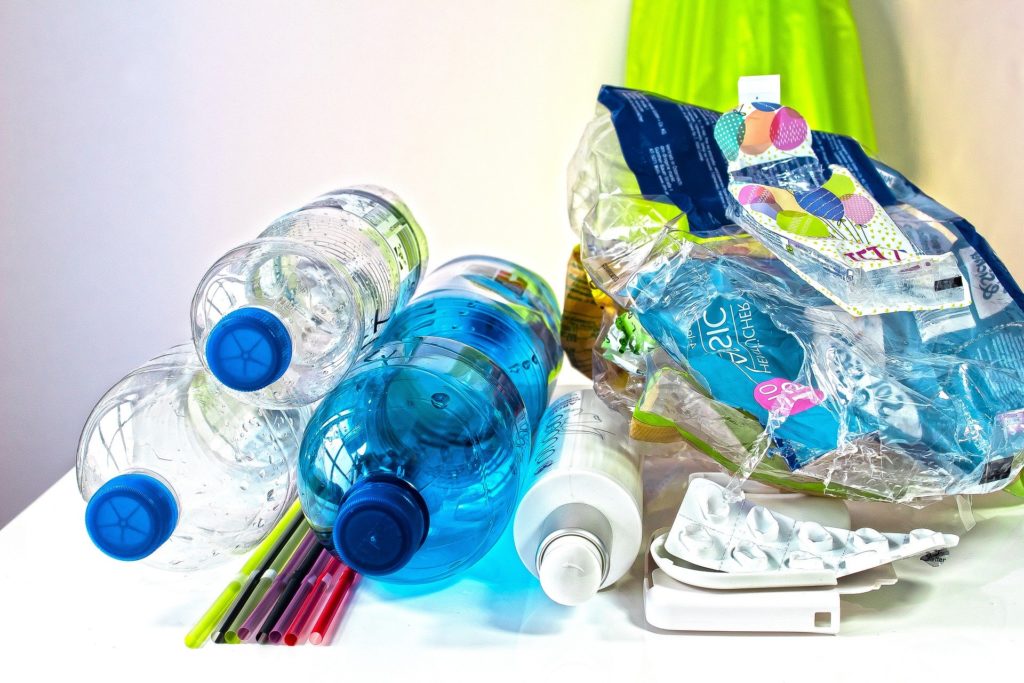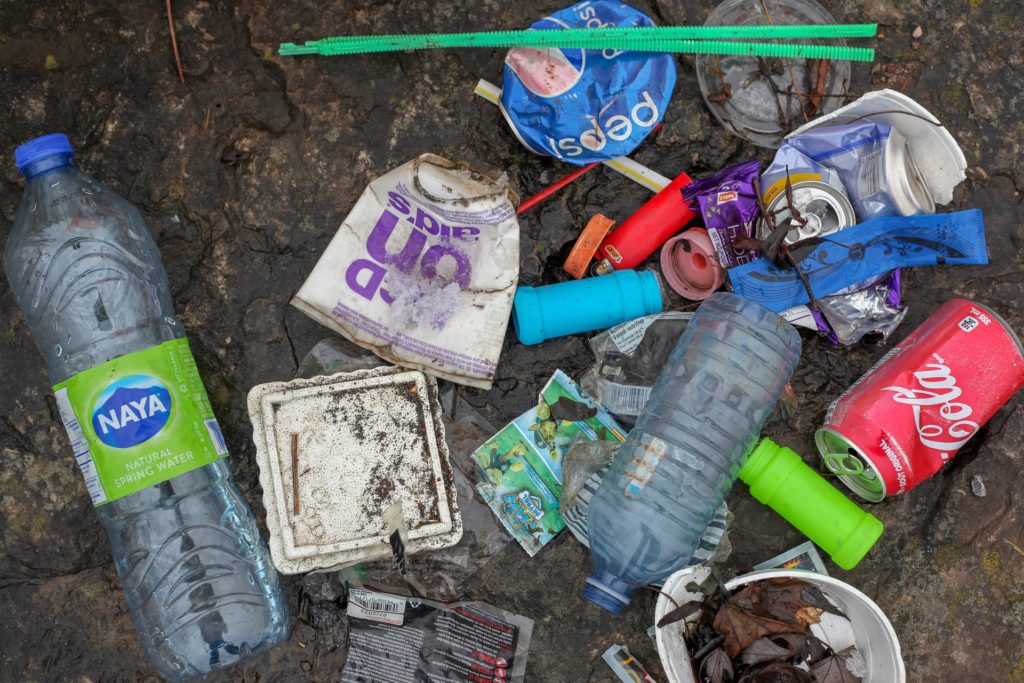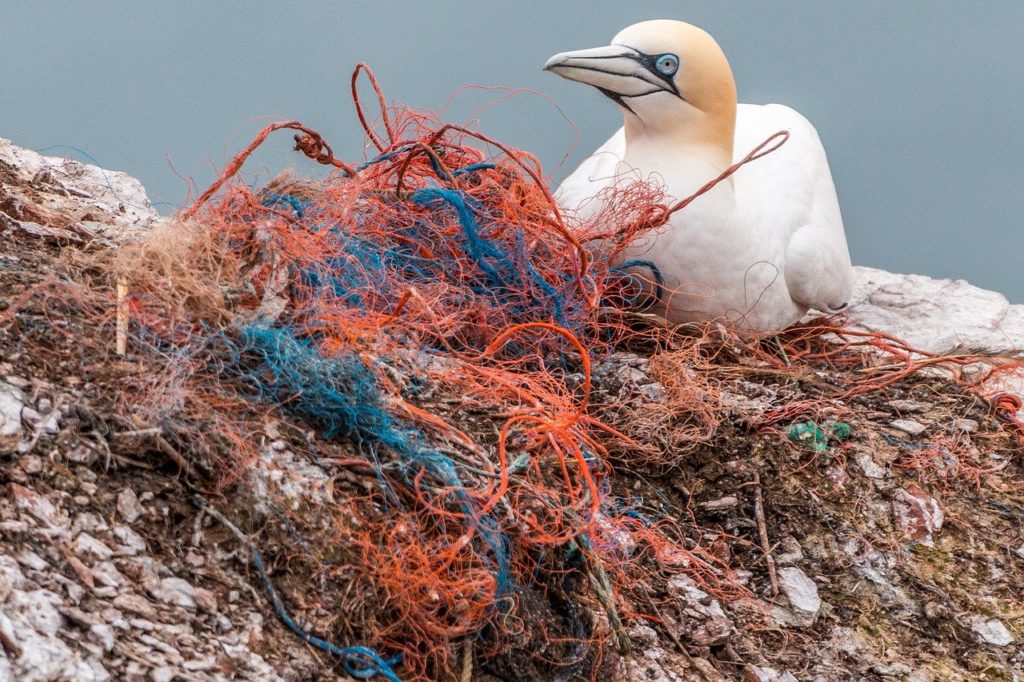
Plastic is found everywhere. Ever since its invention, we have become a world dominated in cheap to produce and easy to use plastic items. Plastic production has surpassed most man-made products and nearly rivals that of construction materials such as steel and cement. Each year, about 335 million tons of plastic is produced, resulting in a total of approximately 8.3 billion tons of plastic produced to date. Global plastic production is only set to increase in the near future, as roughly 44% of all plastic ever manufactured was produced in the last two decades.
Single use plastics

Plastics are very versatile allowing them to be used by many industries. A 2017 report, found packaging to be the largest plastic market due to the ease associated with single-use containers and wrappers instead of reusable options. The movement toward single-use plastic items not only includes containers but also straws, cups, bottles, cutlery, bags, and anything used once then discarded. Plastics also have a large contribution to the textile and automotive industries, involving them in the production of synthetic fibers and rubber respectively.
On average, only 9% of plastic is recycled resulting in 79% of waste accumulating in landfills or the environment, with the rest incinerated. There are many different types of plastic, but depending on the type, it can take an item weeks to hundreds of years to break down in landfills or in the environment and most will likely never fully biodegrade. Currently, none of the commonly used plastic materials are classed as biodegradable. As a result, plastics accumulate in the environment, rather than decompose.
Accumulation in the environment

Rivers and streams as well as wastewater carry plastics from their sources and deposit them into the ocean. Once the plastic waste enters the marine environment, it is dispersed by tides, currents and wind, accumulating in gyres, closed bays, gulfs and seas. Plastic has now been found in every ocean basin and in every region sampled to date, and accumulation is typically highest around densely populated areas and watersheds. As the production of non-biodegradable plastics and improper waste disposal continues, plastic loading into the environment is expected to increase.
Since it is unable to degrade, plastic waste that finds its way into the ocean can fragment or break down over time due to either exposure to UV radiation (photolysis) or physical effects such as wave action and friction. These smaller plastic particles are called microplastics, defined as being less than 5 mm in size. Additionally, microplastics found in the marine environment include microfibers. These tiny strands of synthetic plastic shed from our clothing when washed in washing machines. Fibers are released from the fabric, some are large enough to be caught in the wastewater treatment filtration systems, but others slip through and are deposited into our oceans. These microfibers make up about 85% of the plastic pollution found along shorelines around the globe. Microplastic pollution has recently gained attention regarding the threats these types of particles pose to marine organisms of all sizes.
Impacts on organisms
Organisms within the ocean are impacted by plastics and microplastics in the form of two ways: physical (e.g. ingestion/entanglement) or chemical (e.g. toxicity). The classic video “Sea Turtle with Straw up its Nostril” showcases the gruesome, if not deadly, effects of plastic pollution on marine animals. Plastic particles can enter an organism’s body through their mouth, gills, while feeding or through water uptake. Plastics floating within the water column can easily be mistaken for food and once ingested by the organism, have the potential to block their digestive tract (sharp shards can also scratch intestinal lining) and make the organism believe it is full. This is the point at which plastic inhalation becomes deadly since the organism cannot get rid of the large plastic particles within its stomach, so the risk of starvation increases.

Ingestion and entanglement are seen all throughout the news not only involving turtles but many other marine organisms as well. About 66% of all cetacean species (whales, dolphins, and porpoises) have shown plastic ingestion ranging from microplastics to large netting and about 60% of all seabirds are expected to have ingested plastic for a total of at least 700 marine species having some encounter with marine debris.
Not only can ingestion cause physical harm to marine organisms, there is a large concern that plastics can lead to poisoning from added chemicals leaching out. Flame retardants, antioxidants, and plasticizers are all additives to plastics that are known to cause harm to animal health. An estimate quantifying the amount of chemicals entering the ocean from common single-use plastic items, calculated that about 190 tons of 20 different chemical additives entered with these products in 2015. Phthalate, a type of plasticizer added to plastic to increase its flexibility, has been shown to cause cancer, kidney, and reproductive damage in animals and scientists have found high levels of this chemical in the muscles of birds off the coast of Alaska.
Humans and other animals up the food chain are at risk of ingesting plastics indirectly. Many organisms, including humans, consume fish or bivalves that already contain plastic in their tissues or digestive tract. Since plastic is unable to decompose or be digested, it is transferred from one predator to the next, up to the top of the food chain. Data from one study performed at the Pennsylvania State University, shows oysters and clams cultured for human consumption contained about 9-11 microplastic particles per organism on average. The main source, microfibers, was found in all but two of the 300 individuals sampled. Although it is still up for discussion to determine how much plastic the average person will consume in their lifetime, worries about human health impacts due to plastic consumption is starting to increase.
